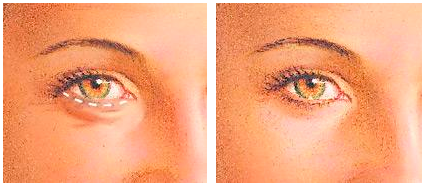BLEPHAROPLASTY (EYELID LIFT)
A DISTINCTIVELY DIFFERENT PRACTICE
EXPERIENCE EXTRAORDINARY
What is Eyelid Surgery?
Eyelid surgery, more formally known as blepharoplasty, is a procedure that is performed to improve the appearance, and sometimes function of the eyes. The techniques employed during the procedure depend on the individual needs of the patient. For example, the procedure can involve removing excess skin, and sometimes fat and/or muscle, of the upper and/or lower eyelids to improve their appearance. The procedure can also be performed for functional reasons if the excess skin of the upper eyelids becomes so significant that vision is impaired.
During the aging process, the skin of the eyelids becomes redundant. When this happens, men and women often report that their eyes have a constant tired or sad appearance. For these patients, eyelid surgery can make the eyes look more youthful and refreshed.
Younger men and women often have different eyelid concerns, as they have not yet developed excess skin of the eyelids. Commonly reported concerns include puffiness in the eyelids and/or lack of definition of the upper eyelid fold. In these patients, different eyelid techniques are used to improve upon the areas of concern.
FAQ’s






